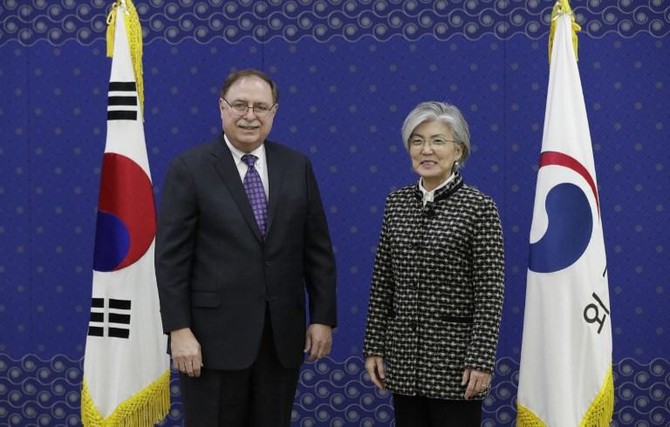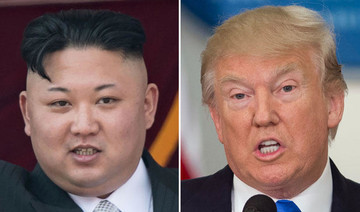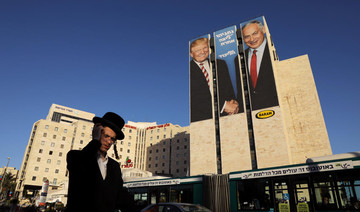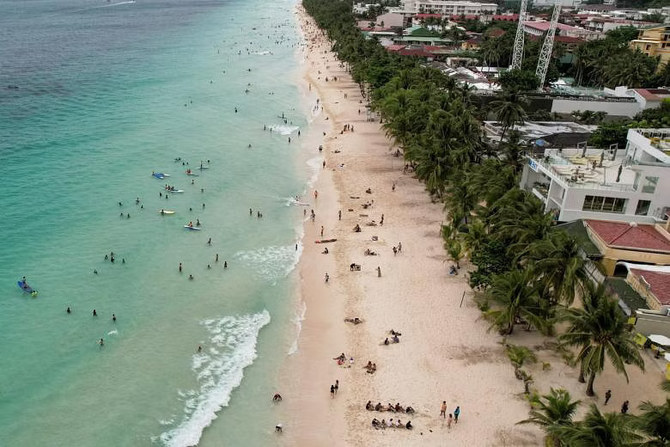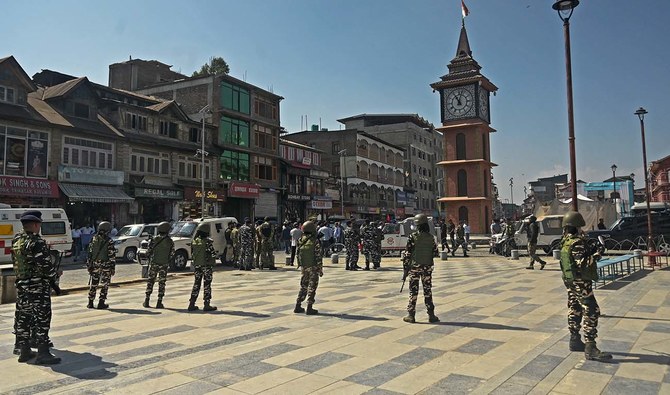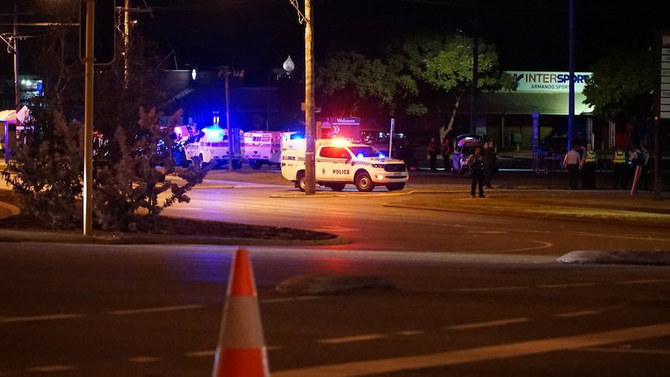SEOUL: Officials signed a short-term agreement on Sunday to boost South Korea’s contribution toward the upkeep of US troops on the peninsula, after a previous deal lapsed amid US President Donald Trump’s call for the South to pay more.
About 28,500 US troops are stationed in South Korea, where the United States has maintained a military presence since the 1950-53 Korean War.
The new deal must still be approved by South Korea’s parliament, but it would boost its contribution to 1.03 trillion won ($890 million) from 960 billion won in 2018.
Unlike past agreements, which lasted for five years, this one is scheduled to expire in a year, potentially forcing both sides back to the bargaining table within months.
“It has been a very long process, but ultimately a very successful process,” South Korean Foreign Minister Kang Kyung-wha said at a meeting before another official from the foreign ministry initialed the agreement.
While acknowledging lingering domestic criticism of the new deal and the need for parliamentary approval, Kang said the response had “been positive so far.”
The US State Department senior adviser for security negotiations and agreements, Timothy Betts, met Kang before signing the agreement on behalf of the United States, and told her the money represented a small but important part of South Korea’s support for the alliance.
“The United States government realizes that South Korea does a lot for our alliance and for peace and stability in this region,” he said.
The allies had struggled to reach a breakthrough despite 10 rounds of talks since March, amid Trump’s repeated calls for a sharp increase in South Korea’s contribution.
South Korean officials have said they had sought to limit its burden to $1 trillion won and make the accord valid for at least three years.
A senior South Korean ruling party legislator said last month that negotiations were deadlocked after the United States made a “sudden, unacceptable” demand that Seoul pay more than 1.4 trillion won per year.
But both sides worked to hammer out an agreement to minimize the impact on South Koreans working on US military bases, and focus on nuclear talks ahead of a second US-North Korea summit, Seoul officials said.
The disagreement had raised the prospect that Trump could decide to withdraw at least some troops from South Korea, as he has in other countries like Syria. But on Sunday, South Korean officials told Yonhap news agency that the United States had affirmed it would not be changing its troop presence.
Trump said in his annual State of the Union address to the US Congress on Tuesday that he would meet North Korean leader Kim Jong Un on Feb. 27-28 in Vietnam, following their unprecedented meeting in June in Singapore.
Citing officials at South Korea’s presidential Blue House, Yonhap also reported that South Korean President Moon Jae-in would discuss the upcoming summit with Trump “soon,” and that American and North Korean officials would be meeting in an unspecified Asian country ahead of the summit.
After the June meeting, Trump announced a halt to joint military exercises with South Korea, saying they were expensive and paid for mostly by the United States.
Major joint exercises have been suspended, but some small-scale drills have continued, earning rebukes from North Korea’s state media in recent months.
About 70 percent of South Korea’s contribution covers the salaries of some 8,700 South Korean employees who provide administrative, technical and other services for the US military.
Late last year, the US military had warned Korean workers on its bases they might be put on leave from mid-April if no deal was agreed.


